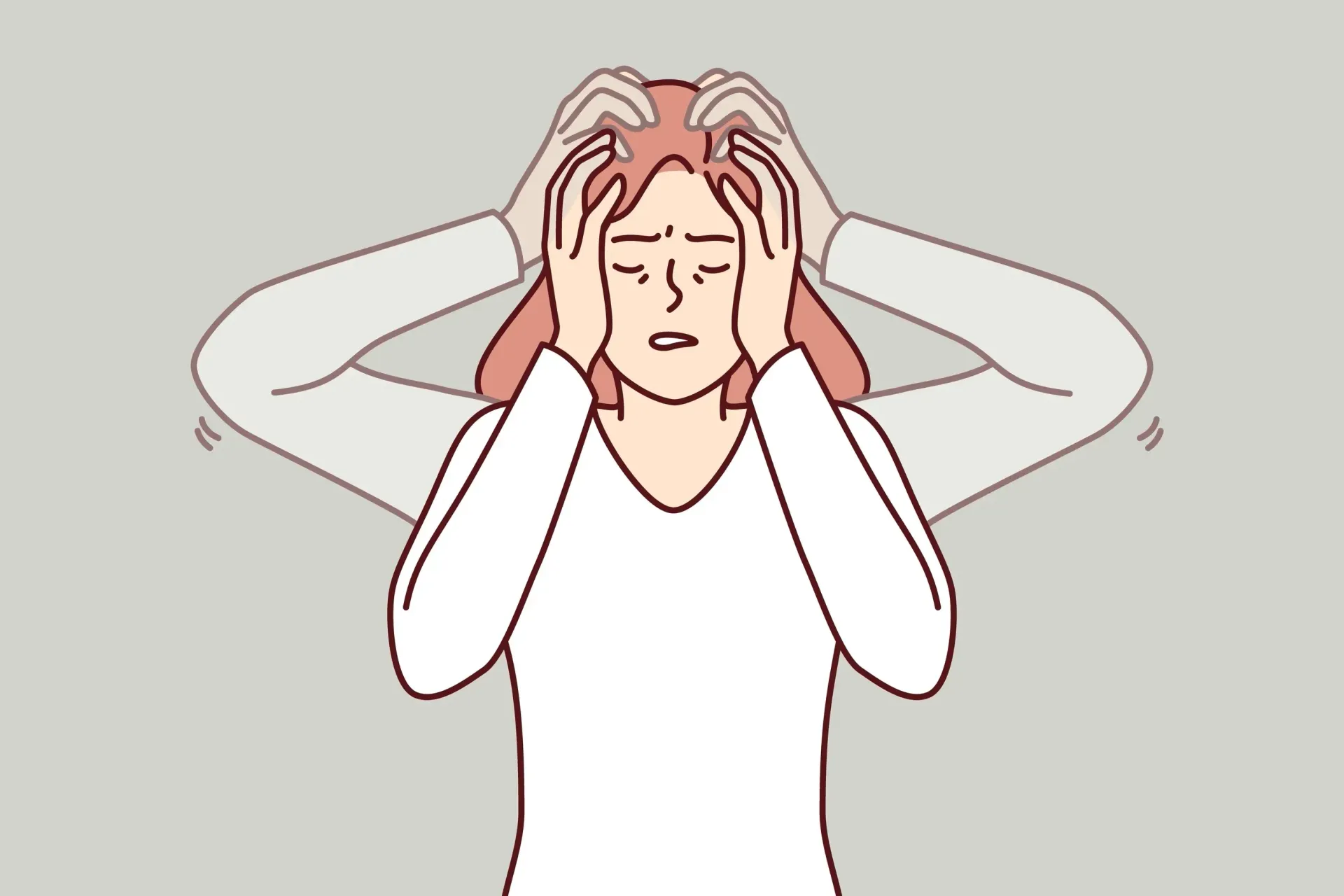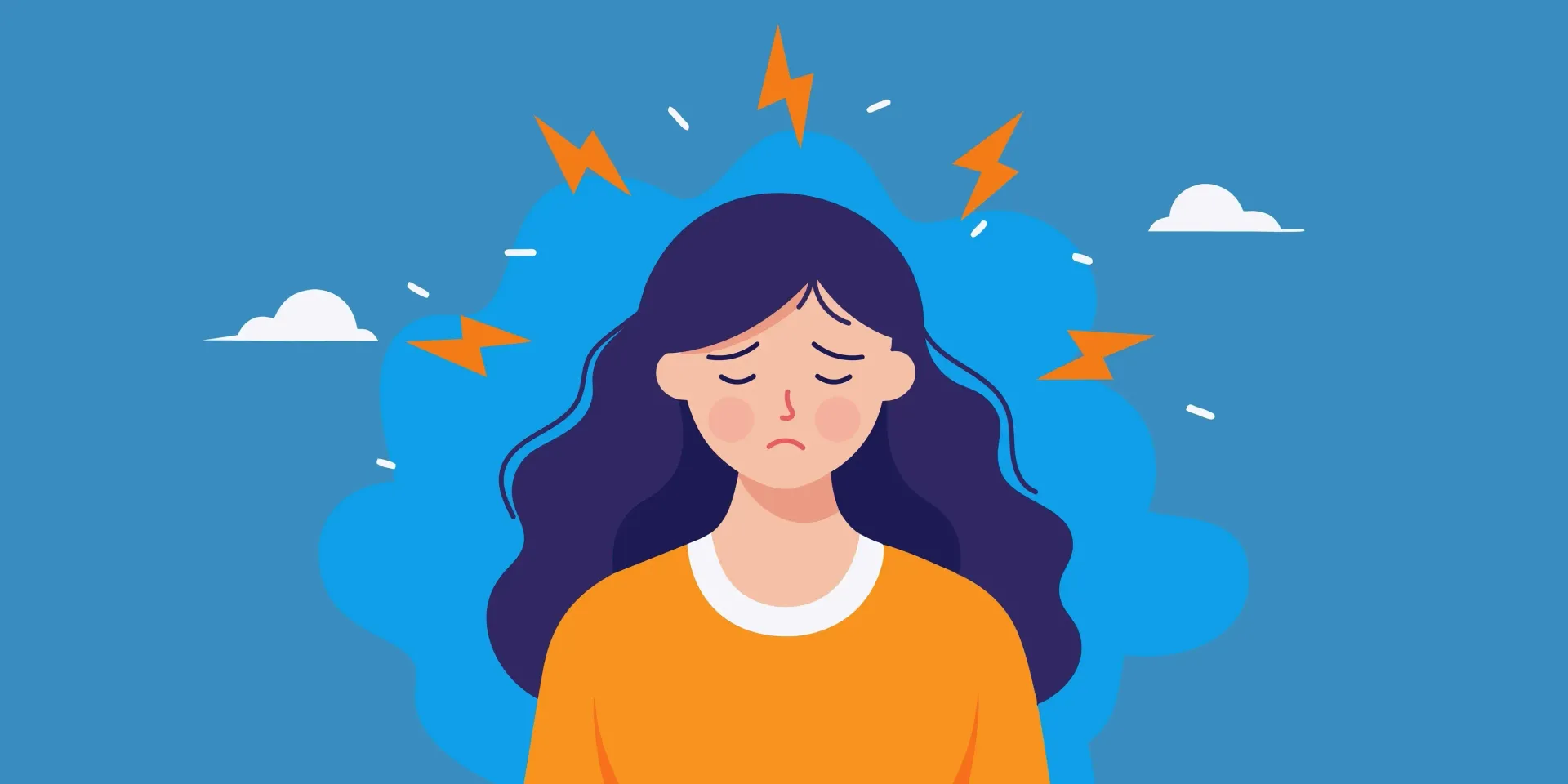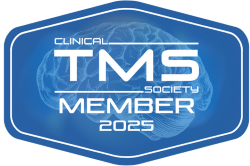
JOIN US! TMS Education Event - Tuesday, April 9th 5:30pm pst - Click to learn more!
Spotlight on Anxiety: Unraveling Causes, Symptoms, and Treatments
While feeling anxious occasionally is a normal part of the human experience, persistent and overwhelming anxiety can significantly impact quality of life. Anxiety disorders, which include conditions such as generalized anxiety disorder, social anxiety disorder, and panic disorder, represent a group of mental health conditions characterized by a debilitating sense of worry and fear.
This article aims to provide a comprehensive exploration of anxiety disorders, discussing their causes, symptoms, and the range of treatments available. We will examine traditional approaches to anxiety management, including psychotherapy techniques and commonly prescribed medications. Additionally, we will place a special focus on TMS as an emerging therapy, discussing its mechanism of action, potential benefits, and how it compares to other treatment modalities.
By the end of this article, we hope to have provided a deeper understanding of anxiety disorders and the various ways they can be addressed. Whether you're personally dealing with anxiety, supporting someone who is, or simply seeking to expand your knowledge on mental health, this exploration will offer valuable insights into the complex world of anxiety and the evolving landscape of its treatment.
Understanding Anxiety Disorders
Anxiety disorders are a group of mental health conditions characterized by persistent, excessive worry and fear. While it's normal to feel anxious occasionally, especially in stressful situations, anxiety disorders involve intense, prolonged feelings of apprehension that significantly interfere with daily life.
Anxiety can be defined as a state of unease or nervousness about uncertain outcomes. In the context of anxiety disorders, this unease becomes overwhelming and often disproportionate to the actual situation. The impact on daily life can be profound, affecting work performance, social interactions, and overall quality of life.
There are several types of anxiety disorders, each with its own specific features:
1. Generalized Anxiety Disorder (GAD): This involves persistent and excessive worry about various aspects of life, such as work, school, health, finances, or relationships. People with
GAD often expect the worst outcome in situations and find it challenging to control their worry.
2. Social Anxiety Disorder (SAD): Also known as social phobia, this disorder is characterized by intense fear of social situations and being judged or scrutinized by others. People with
SAD may avoid social interactions, which can severely limit their personal and professional lives.
3. Panic Disorder: This
condition involves recurrent, unexpected panic attacks - sudden episodes of intense fear accompanied by physical symptoms like chest pain, heart palpitations, shortness of breath, and a feeling of impending doom. The fear of having another panic attack can lead to avoidance behaviors.
Co-Occurring Disorders
It's important to note that anxiety and depression often co-occur. This combination, sometimes referred to as anxious depression, can be particularly challenging to manage. The relationship between anxiety and depression is complex; sometimes anxiety can lead to depression, while in other cases, depression may trigger anxiety symptoms. Many individuals experience symptoms of both conditions simultaneously, which can complicate diagnosis and treatment.
The co-occurrence of anxiety and depression is so common that some researchers suggest they may be two manifestations of a single underlying condition. Both share some similar risk factors, including genetic predisposition, environmental stressors, and imbalances in brain chemistry. Moreover, the presence of one condition often exacerbates the symptoms of the other, creating a cycle that can be difficult to break without professional help.
Understanding the nature of anxiety disorders, including their various types and their relationship with depression, is crucial for proper diagnosis and effective treatment. It highlights the importance of seeking help from mental health professionals who can provide appropriate interventions tailored to each individual's specific needs.
Causes and Symptoms of Anxiety
Anxiety is a complex mental health condition with multifaceted origins and a wide range of symptoms.
The Causes of Anxiety
The causes of anxiety can be broadly categorized into three main areas: genetic factors, environmental influences, and brain chemistry.
Genetically,
research suggests that anxiety disorders can run in families, indicating a hereditary component. People with a family history of anxiety or other mental health disorders may be more susceptible to developing anxiety themselves. However, having a genetic predisposition doesn't guarantee that an individual will develop an anxiety disorder.
Environmental factors play a significant role in the development of anxiety. Traumatic experiences, chronic stress, major life changes, or prolonged exposure to unstable or threatening situations can trigger anxiety disorders. For instance, childhood abuse, neglect, or witnessing violence can increase the risk of developing anxiety later in life. Additionally, ongoing stressors like financial difficulties, relationship problems, or work-related pressure can contribute to the onset of anxiety disorders.
Brain chemistry is another crucial factor in anxiety disorders. Neurotransmitters, the chemical messengers in the brain, play a vital role in regulating mood and emotions.
Imbalances in neurotransmitters like serotonin, norepinephrine, and gamma-aminobutyric acid (GABA) have been linked to anxiety disorders. These imbalances can affect how the brain processes emotions and responds to stress.
Anxiety Symptoms
The symptoms of anxiety can be both psychological and physical. Common psychological symptoms include excessive worry, restlessness, and difficulty concentrating. People with anxiety often find themselves constantly anticipating worst-case scenarios, even in relatively benign situations. This persistent worry can be all-consuming, making it challenging to focus on daily tasks or relax.
Physical symptoms of anxiety can be equally distressing. These may include rapid heartbeat, sweating, trembling, fatigue, muscle tension, and sleep disturbances. Some individuals may experience gastrointestinal issues, such as nausea or stomach cramps. During intense episodes of anxiety, like panic attacks, people might feel short of breath, dizzy, or fear they're losing control.
Do I Have Clinical Anxiety or Am I Just Feeling Anxious?
It's important to highlight the difference between feeling anxious and having an anxiety disorder. Everyone experiences anxiety from time to time – it's a normal response to stressful situations. This type of anxiety is usually temporary and proportionate to the situation at hand. For example, feeling nervous before a job interview or a first date is a common and appropriate response.
An anxiety disorder, on the other hand, involves persistent, intense anxiety that's out of proportion to the actual situation and interferes significantly with daily life. The key distinctions are the intensity, duration, and impact of the anxiety. In anxiety disorders, the worry and fear are excessive, often irrational, and can persist for months. These feelings can be so overwhelming that they impair a person's ability to function in work, school, or social settings.
People with anxiety disorders can also often experience anxiety even in the absence of a clear trigger. They may feel constantly on edge, unable to relax, and find their anxiety difficult to control. This persistent state of heightened alertness can be exhausting and detrimental to overall well-being.
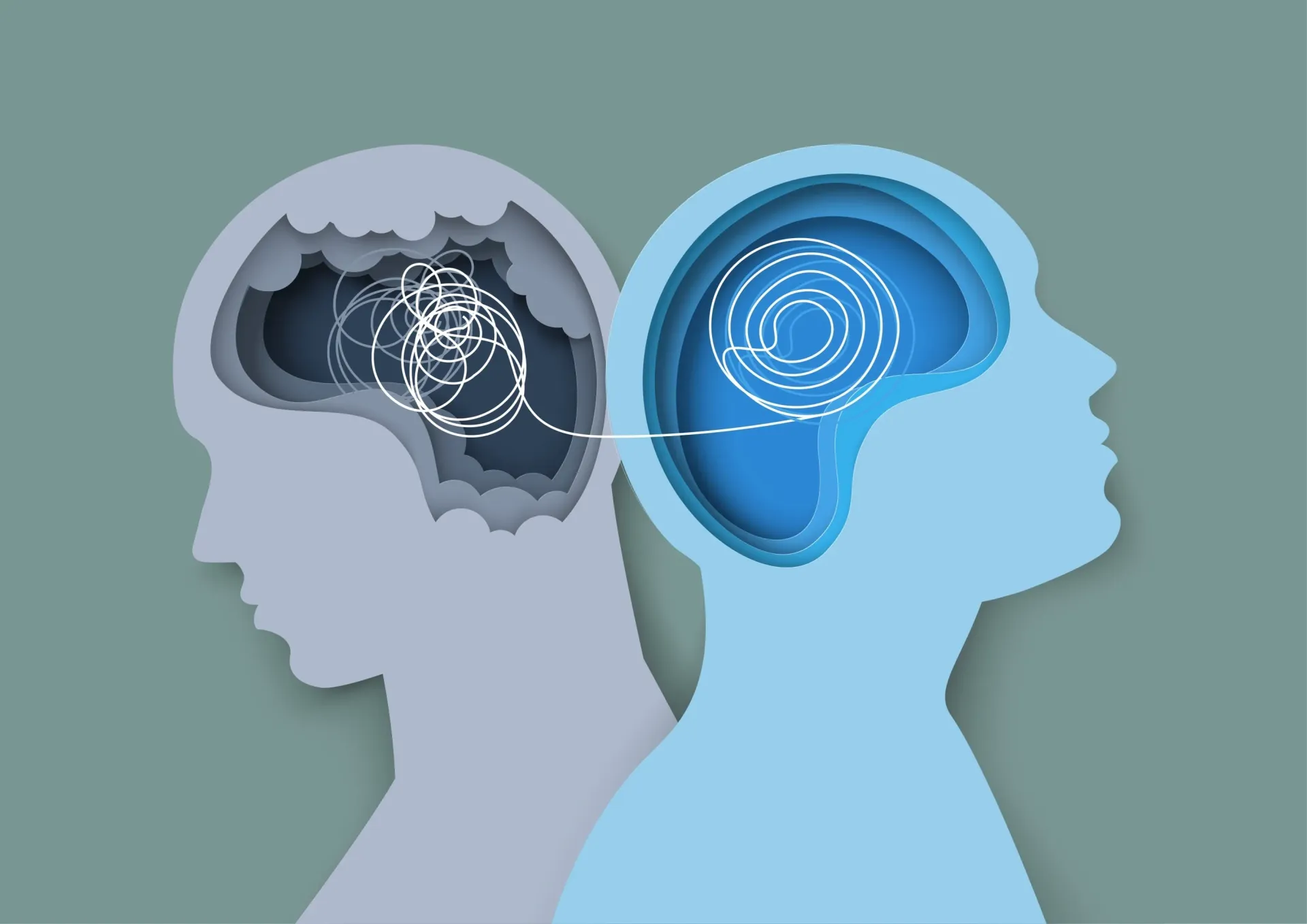
Treatments for Anxiety
Traditional treatments for anxiety disorders typically involve a combination of psychotherapy and medication, tailored to the individual's specific needs and symptoms. These approaches have been extensively researched and proven effective for many people struggling with anxiety.
Talk Therapy
Talk therapy, particularly cognitive-behavioral therapy (CBT), is often considered the gold standard in psychotherapy for anxiety disorders. CBT focuses on identifying and changing negative thought patterns and behaviors that contribute to anxiety. This approach helps individuals recognize distorted thinking, develop coping strategies, and gradually face their fears. Through CBT, patients learn to reframe their thoughts about anxiety-provoking situations, leading to reduced symptoms over time.
Exposure therapy, a specific type of CBT, is particularly effective for phobias and certain anxiety disorders like social anxiety disorder. This approach involves gradually and systematically exposing the individual to the source of their anxiety in a controlled, safe environment. Over time, this exposure helps desensitize the person to their fears, reducing the anxiety response.
Medication
Medication can also play a crucial role in managing anxiety disorders. Selective Serotonin Reuptake Inhibitors (SSRIs) are often the first-line medication treatment for anxiety. These antidepressants work by increasing the levels of serotonin in the brain, which can help regulate mood and reduce anxiety symptoms. SSRIs are generally well-tolerated and can be effective for long-term use.
Beta-blockers, while primarily used for heart conditions, can also be prescribed for anxiety, particularly for performance anxiety or social phobias. These medications work by blocking the effects of adrenaline, reducing physical symptoms of anxiety like rapid heartbeat and trembling.
Benzodiazepines are another class of medications sometimes used for anxiety. These drugs provide rapid relief from acute anxiety symptoms. However, due to their potential for dependence and side effects, they are typically only prescribed for short-term use or in specific situations.
Transcranial Magnetic Stimulation (TMS)
In recent years, Transcranial Magnetic Stimulation (TMS) has emerged as an effective treatment option, particularly for cases of anxiety that are resistant to talk therapy and traditional medications. TMS is a non-invasive procedure that uses magnetic fields to stimulate specific areas of the brain associated with mood regulation. While initially FDA-approved for depression, TMS has shown promising results in treating anxiety disorders as well.
TMS works by delivering magnetic pulses to targeted areas of the brain, modulating neural activity in regions involved in anxiety regulation. This treatment is particularly valuable for individuals who haven't responded well to conventional therapies or who experience significant side effects from medications. TMS sessions are typically conducted over several weeks and don't require anesthesia, allowing patients to resume normal activities immediately after each session.
The effectiveness of TMS for anxiety is still being studied, but early results are encouraging. Some patients report significant reduction in anxiety symptoms after undergoing TMS treatment. It's important to note that while TMS can be highly effective, it's often used in conjunction with other treatments like therapy and medication for optimal results.
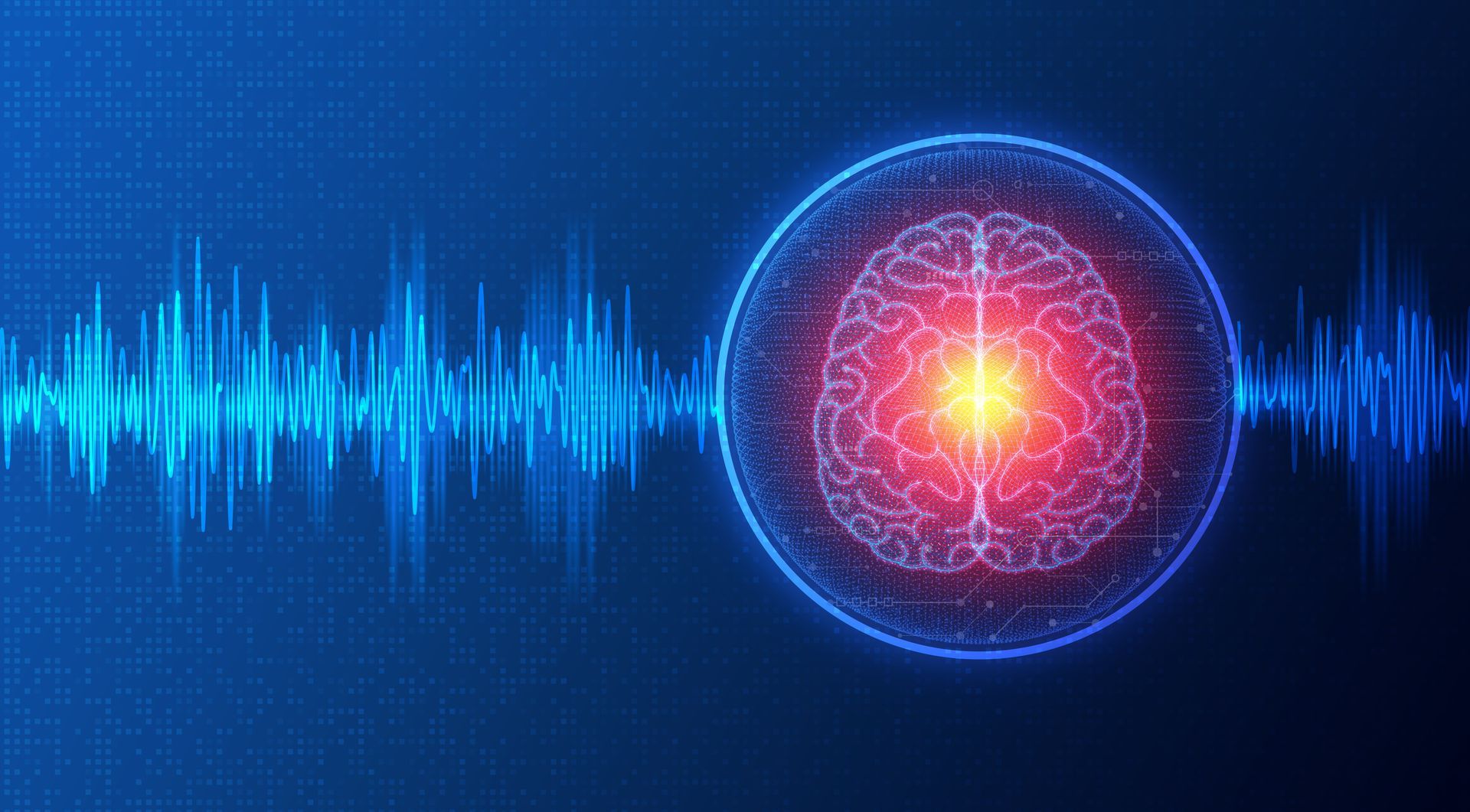
Spotlight on TMS for Anxiety
TMS is an innovative treatment approach that has shown promising results in managing anxiety disorders, particularly in cases where traditional treatments have been less effective. This non-invasive procedure uses magnetic fields to activate or inhibit regions of the brain that are associated with anxiety disorder.
The fundamental principle behind TMS is the use of magnetic pulses to influence brain activity. During a TMS session, an electromagnetic coil is placed against the scalp, usually near the forehead. This coil generates magnetic pulses that pass painlessly through the skull and into targeted regions of the brain. For anxiety treatment, these pulses are typically directed at areas known to be involved in emotional regulation such as the prefrontal cortex.
When these magnetic pulses reach the targeted brain areas, they induce small electrical currents. These currents stimulate nerve cells, potentially altering brain activity patterns associated with anxiety. The goal is to modulate the function of brain circuits involved in mood regulation and reduce anxiety symptoms.
Taking a Holistic Approach to Anxiety Management
Taking a holistic approach to anxiety treatment is crucial for achieving comprehensive and lasting relief from anxiety symptoms. This approach recognizes that anxiety is a complex condition influenced by various factors in a person's life, and therefore, treatment should address multiple aspects of an individual's well-being.
Lifestyle changes play a significant role in supporting anxiety treatment. Regular exercise has been shown to reduce anxiety symptoms by releasing endorphins, improving mood, and promoting better sleep. Even moderate activities like brisk walking or yoga can have a positive impact. Nutrition also plays a part; a balanced diet rich in whole foods, omega-3 fatty acids, and complex carbohydrates can help stabilize mood and energy levels. Reducing caffeine and alcohol intake can also be beneficial, as these substances can exacerbate anxiety symptoms.
Combining multiple treatment modalities often yields the best results in anxiety management. This might involve integrating psychotherapy, such as Cognitive Behavioral Therapy (CBT), with medication and lifestyle changes. In cases where traditional treatments have been found to be ineffective, transcranial magnetic stimulation (TMS) has emerged as a promising alternative that has a high degree of clinical efficacy.

A Final Word from Kind Health TMS
We've learned that anxiety disorders can stem from a combination of genetic predisposition, environmental factors, and brain chemistry imbalances. The symptoms can manifest both psychologically, with excessive worry and restlessness, and physically, through symptoms like rapid heartbeat and sweating. It's crucial to understand the distinction between normal, situational anxiety and an anxiety disorder, which is characterized by persistent, intense anxiety that disproportionately affects one's life.
Traditional treatments for anxiety disorders typically involve a combination of psychotherapy, particularly Cognitive Behavioral Therapy (CBT), and medication such as SSRIs or beta-blockers. These approaches have proven effective for many individuals, helping them manage their symptoms and improve their quality of life. However, it's important to recognize that treatment efficacy can vary from person to person, and finding the right approach often requires patience and collaboration with mental health professionals.
One of the most promising developments in anxiety treatment is the emergence of TMS, especially for those who haven't responded well to traditional treatments. For those struggling with anxiety, it's crucial to remember that effective treatments are available, and seeking professional help is a vital step towards recovery.
Kind Health TMS is at the forefront of providing cutting-edge treatments like TMS, along with comprehensive care for anxiety disorders. Our team of experienced professionals can offer personalized treatment plans that may include TMS alongside other proven therapies, ensuring a holistic approach to anxiety management.
If you're experiencing persistent
anxiety that's interfering with your daily life, don't hesitate to reach out. Taking that first step towards seeking help can open the door to a brighter future. Contact Kind Health TMS today for a one-on-one consultation, where we can guide you through the process of finding the right anxiety treatment for your personal requirements.

Meet the Author
Dr. Georgine Nanos, MD, MPH
Founder of Kind Health Group
If this is a life-threatening emergency, please call 911 or the National Suicide Prevention Lifeline

